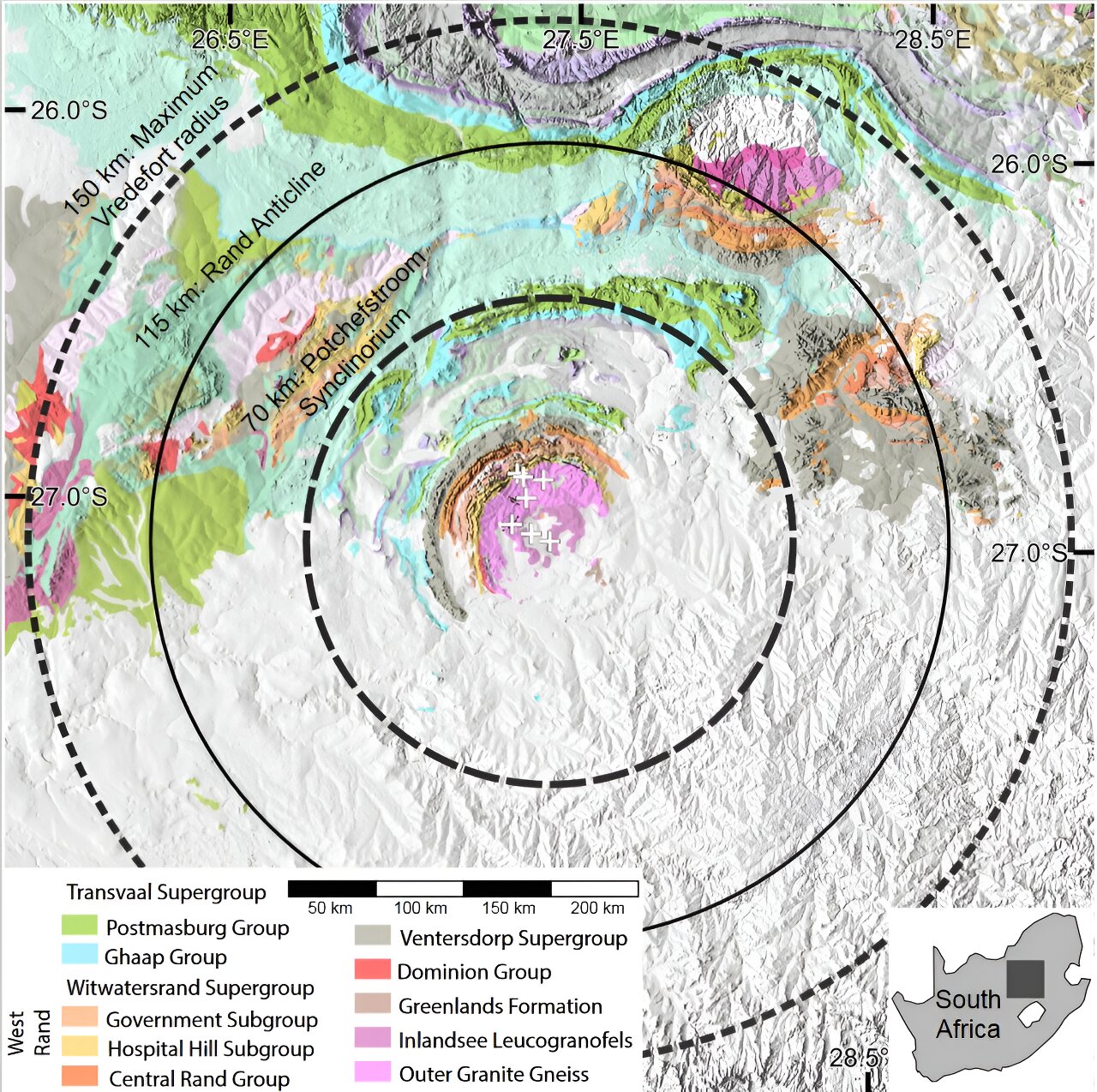Earth’s oldest craters could provide scientists with crucial information about the early Earth’s structure and the composition of celestial bodies in the solar system. They could also help in interpreting crater records on other planets. However, a new study published in the Journal of Geophysical Research: Planets suggests that geologists may never be able to find these craters.
Geologists have discovered evidence of impacts from over 3.5 billion years ago, such as ejecta (material flung far away from the impact), melted rocks, and high-pressure minerals. However, the actual craters from that time period have remained elusive. The oldest known impact structures on the planet, which scientists refer to as massive craters, are only about 2 billion years old. This means that there is a gap of two and a half billion years of missing mega-craters.
According to Matthew S. Huber, a planetary scientist at the University of the Western Cape in South Africa who led the study, the passage of time and the relentless process of erosion are responsible for this gap. Huber explains, “It’s almost a fluke that the old structures we do have are preserved at all. There are a lot of questions we’d be able to answer if we had those older craters. But that’s the normal story in geology. We have to make a story out of what’s available.”
Geologists can sometimes identify hidden, buried craters using geophysical tools like seismic imaging or gravity mapping. Once potential impact structures are identified, they can search for physical remnants of the impact process, such as ejecta and impact minerals, to confirm their existence.
2023-08-02 00:48:02
Post from phys.org rnrn
